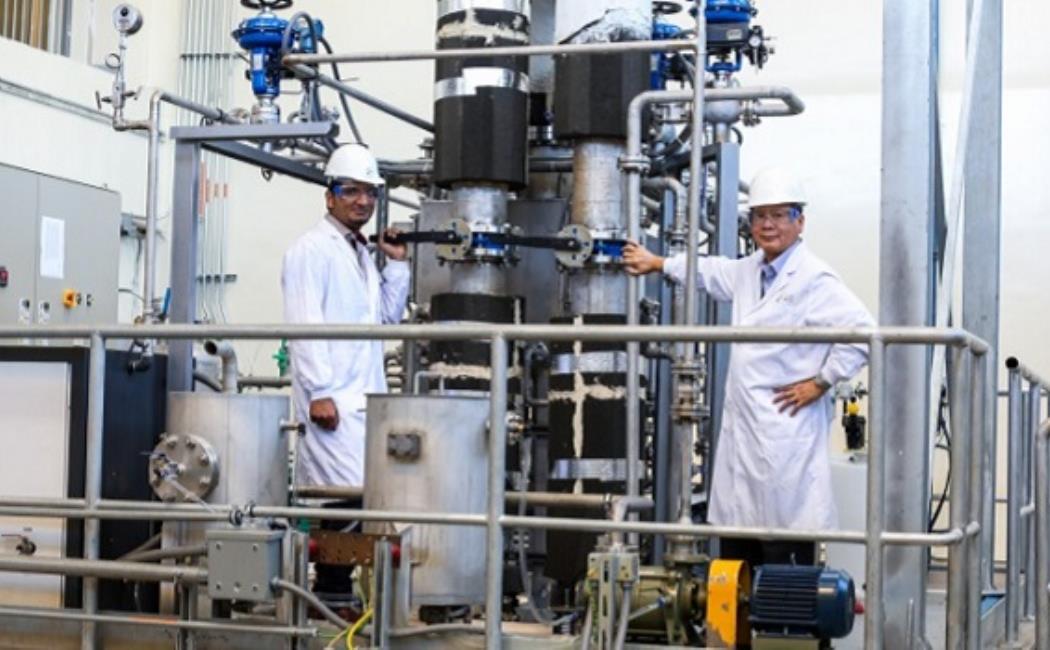
Fair compare of desalination puts heat on energy sources
27 August, 2019
A novel way to assess the efficiency of rival desalination technologies could help to guide new developments to deliver potable water supplies in urban areas, shows research undertaken at KAUST.
Global water demand reached roughly 4000 billion cubic meters in 2000 and is projected to grow by more than 58 percent by 2030. Freshwater sources cannot keep up with this demand, and seawater desalination is becoming an increasingly important way to supply drinking water.
About 60 percent of the world’s desalination capacity relies on reverse osmosis systems, which use electrical power to push water through a membrane to remove salt and other impurities. Other desalination processes use heat to evaporate pure water away from saltwater. The world’s desalination capacity is expected to double over the coming decade, and simplistic calculations suggest that reverse osmosis could be a more energy-efficient way to meet that need.
Click here to read the full story
Image: Muhammad Shahzad (left) and Kim Choon Ng inspect the pilot desalination facility at KAUST.
© 2018 KAUST